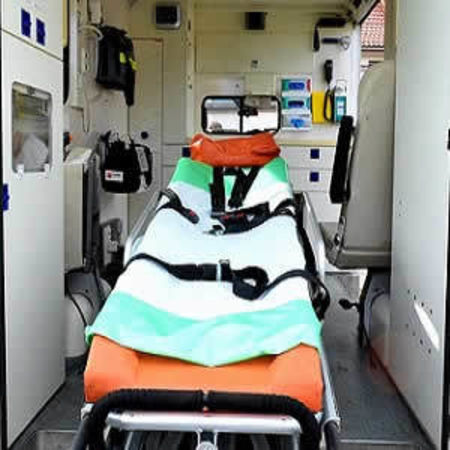According to a study published in Neurology, people who are experiencing a stroke and are brought to the hospital in an ambulance with a CT scanner and telemedicine capabilities ar evaluated nearly two to three times faster than those taken in a regular ambulance.
See Also: Optimising Use of Tele-ICU in Rural Hospitals
Ischaemic stroke is the most common kind of stroke and can generally be treated with intravenous tissue plasminogen activator, a clot-busting drug which should ideally be given within four and a half hours of the start of symptoms to improve the chances of recovery.
According to study author Muhammad S. Hussain, MD, of the Cleveland Clinic in Cleveland, Ohio, and member of the American Academy of Neurology, bringing stroke patients in a telemedicine ambulance may make it possible for them to be treated before they arrive.
The Cleveland Clinic has created a mobile stroke treatment unit which is equipped with a mobile CT scanner and telemedicine technology. It has a medical team on board which includes a registered nurse, a paramedic, an emergency medical technician and a CT technologist.
During the study, the researchers compared the stroke care of 100 patients transported by the mobile stroke unit to 53 other patients who were brought in by a regular ambulance. Both group of patients had similar stroke severity.
Each patient in the mobile stroke unit was evaluated by a vascular neurologist on the way to the hospital and their CT scan images that were taken during the ride were also assessed by a neuroradiologist and vascular neurologist.
Findings show that among patients transported by the mobile stroke unit, there was a reduction of an average of 33 minutes in the time from the initial call for help to getting a CT scan as compared to 56 minutes for those who were transported by regular ambulance. The average time from the first call for help to receiving the clot-busting drugs was 56 minutes for patients transported by the mobile stroke as compared to 94 minutes for those transported in a regular ambulance. Average time between arrival to hospital and treatment was 32 minutes for the mobile unit patients as compared to 58 minutes for regular ambulance patients. Finally, the average time from the start of symptoms to receiving the clot-busting drugs was 97 minutes for those transported in the mobile unit as compared to 123 minutes for patients transported in a regular ambulance.
“Overall, people transported by the mobile stroke unit received clot-busting drugs nearly 40 minutes faster,” said Hussain. “Also, 44 percent of them received clot-busting drugs within an hour-and-a-half, compared to just 8 percent of other patients. More people were given the treatment they needed, faster.”
Source: American Academy of Neurology
Image Credit: Pixabay
Latest Articles
ischaemic stroke, Stroke Care, telemedicine ambulance
According to a study published in Neurology, people who are experiencing a stroke and are brought to the hospital in an ambulance with a CT scanner and telemedicine capabilities ar evaluated nearly two to three times faster than those taken in a regular a























